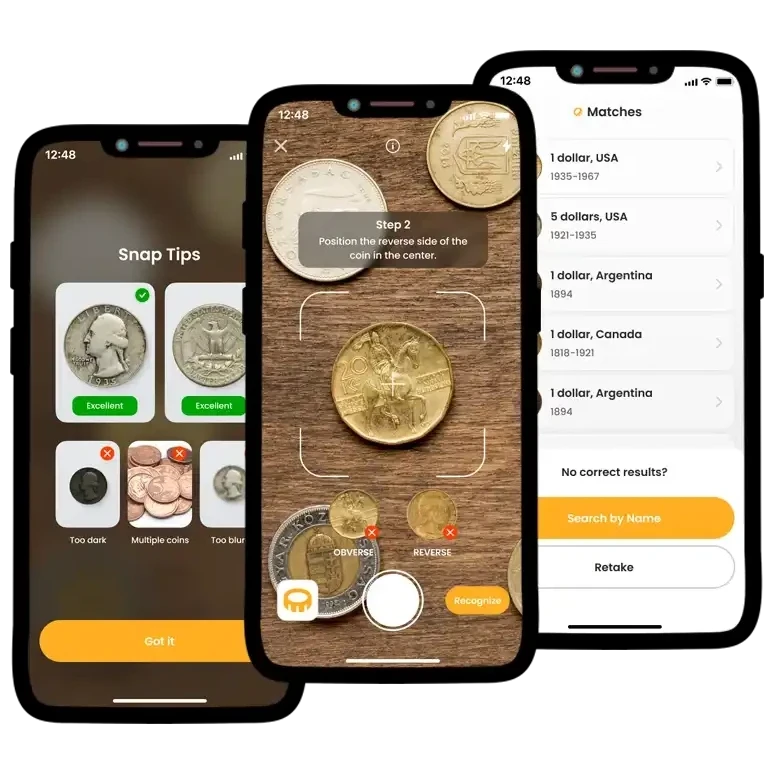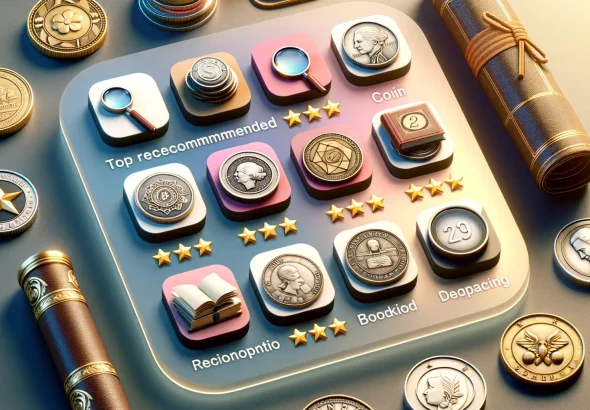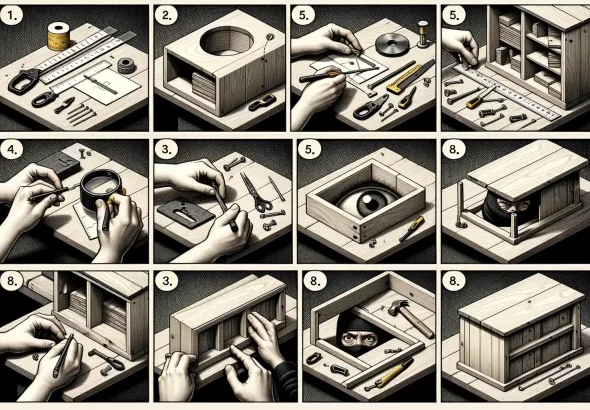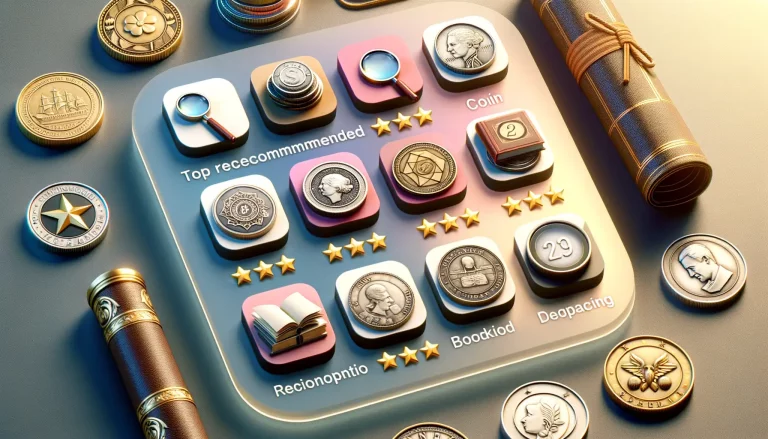Found an Old Coin? Here Is How to Evaluate It Right
Stumbling upon an old coin tucked away in a drawer, unearthed in a backyard, or found at a flea market can stir a unique excitement. Is it a forgotten treasure? A piece of history? Or perhaps a valuable collectible waiting to be rediscovered? Whether you’re a curious novice or an aspiring numismatist, properly evaluating and grading coins you find is the key to unlocking their real value. Let’s start by laying the foundation.
Start With the Basics: Identify Your Coin
Before diving into rare errors and auction prices, you must first understand what exactly you have in your hand. Identification is the critical first step in the journey.
Here’s how to start:
- Check the Date and Mint Mark
Examine the front (obverse) and sometimes the edge of the coin for the year it was minted. Alongside the date, you might find a small letter—this is the mint mark, indicating where the coin was produced. Certain years or mint locations, such as coins from the Carson City Mint (“CC”), can significantly boost a coin’s rarity and value. - Understand the Coin’s Origin
Ask yourself:- Is it domestic or foreign?
- Is it a regular issue, a commemorative coin, or an ancient relic?
- Does it feature historical figures, events, or unique designs?
- Knowing whether the coin is a modern commemorative piece or a medieval hammered coin drastically changes its evaluation path.
Pro Tip:
Use reliable guides like the “Red Book” (A Guide Book of United States Coins) or browse trusted online platforms such as the NGC World Price Guide and PCGS CoinFacts. These resources are invaluable for initial identification and background research.
Quick Table: Where to Find Identification Info
| Element | Where to Look |
| Date | Front or edge of the coin |
| Mint Mark | Near the date or edge |
| Origin Clues | Symbols, language, figures |
| Material (Silver/Gold?) | Color, weight, sound when tapped |
Assess Condition: The Importance of Grading
After identifying your coin, the next crucial step is evaluating its condition. In numismatics, this is called grading.
Coins are judged using the internationally recognized Sheldon Scale, which scores them from 1 to 70:
| Grade | Description |
| Poor (P-1) | Barely identifiable, heavy damage |
| Good (G-4) | Heavy wear, but major elements visible |
| Fine (F-12) | Moderate wear, most design details visible |
| Extremely Fine (EF-40) | Light wear, sharp and clear features |
| Mint State (MS-60 to MS-70) | No wear, as if fresh from mint |
Key Points When Grading:
- Look at high points: These are the areas that wear down first.
- Check for scratches, dings, or discoloration: These imperfections affect grade and value.
- Compare against professional standards: The NGC Coin Grading Scale provides detailed examples and photographs for every grade level.
Helpful Tip:
Lighting matters. Always examine your coin under a bright, non-directional light source to catch fine details and surface marks.
Look for Rarity and Errors
Not all coins are created equal—even within the same series and date.
Rarity Matters
Coins with low mintage numbers, coins issued during wars, or those from closed mints often fetch higher prices. Limited special editions, proofs, and early strikes are also highly sought after.
Error Coins: Hidden Gems
Some of the most valuable coins aren’t perfect—they’re the flawed ones! Error coins can include:
- Double Dies: Design elements appear twice.
- Off-Center Strikes: Coin is misaligned during minting.
- Wrong Planchets: Coin is struck on a wrong metal blank.
Example:
The 1969-S Lincoln Cent with a doubled-die obverse can command thousands of dollars at auction, turning a common-looking penny into a treasure.
Use Technology: The Coin ID Scanner App
In today’s world, technology is transforming even the most traditional hobbies—including coin collecting. The Coin ID Scanner app is an indispensable tool for anyone evaluating coins, from complete beginners to seasoned numismatists.
How It Works:
- Snap a Photo: Simply take a clear picture of the front and back of your coin.
- Instant Identification: The app uses advanced AI algorithms and a massive database to identify the coin’s type, year, mint, and sometimes even variations.
- Get Grading Insights: Based on visual data, it suggests a preliminary grade, helping you understand your coin’s potential value.
- Estimate Market Value: The app offers price range estimates based on recent auction data and dealer listings.
Advantages of Using Coin ID Scanner:
- Saves hours of manual research.
- Reduces beginner mistakes in identification and grading.
- Helps prioritize which coins are worth professional appraisal.
- Offers a quick starting point for deeper research.

Pro Tip:
For the best results, photograph your coin under natural light and place it against a neutral, non-reflective background.
Why Technology Matters:
While traditional guides are invaluable, apps like Coin ID Scanner allow you to jumpstart the evaluation process with accuracy and speed—especially when you’re dealing with multiple coins or unfamiliar finds.
Research Market Value
- Price Guides:
Two of the most respected online price guides are:- PCGS Price Guide
- NGC Coin Price Guide
- These platforms provide up-to-date estimated values based on thousands of recorded transactions.
- Auction Results:
Historical auction records provide a more dynamic picture of a coin’s market value. Sites like:- Heritage Auctions
- Stack’s Bowers Galleries
offer extensive databases showing actual sale prices.
- Collector Communities and Forums:
Tapping into the experience of real collectors can be invaluable. Some active communities include:- r/coincollecting on Reddit
- Collectors Universe Message Boards
- American Numismatic Association forums
These communities often discuss market trends, recent sales, and tips for getting the best value.
Get a Professional Appraisal (If Needed)
Some coins scream for professional verification—especially if they appear rare, are in outstanding condition, or exhibit possible minting errors.
Two Major Grading and Certification Services:
| Company | Services Offered | Why Choose Them |
| PCGS (Professional Coin Grading Service) | Authentication, grading, encapsulation | Highly trusted by dealers and collectors |
| NGC (Numismatic Guaranty Corporation) | Certification, secure holders, detailed grades | Consistent standards and excellent resale value |
Benefits of Professional Appraisals:
- Authentication: Confirms the coin is not counterfeit.
- Accurate Grading: Maximizes potential sale or auction price.
- Market Trust: Certified coins are easier to sell and command better premiums.
Tip:
Before sending your coin in for certification, use the Coin ID Scanner and online research to assess whether it’s likely worth the investment—grading and certification can cost from $20 to over $100 depending on the coin’s value and service speed.
Protect and Store Your Coin
After the excitement of identifying, grading, and valuing your coin, it’s essential to focus on preserving its condition. Even slight mishandling can reduce its value dramatically.
Best Practices for Coin Storage:
- Use Acid-Free Holders or Coin Capsules:
Specially designed holders prevent chemical reactions that could tarnish the coin. Avoid PVC-containing plastics, which release harmful gases over time. - Store in a Cool, Dry Environment:
Humidity and temperature fluctuations are enemies of metal. Use silica gel packets in storage areas to control moisture. - Handle Coins Properly:
Always hold coins by the edges, never touching the faces, even with clean hands. Natural skin oils can leave permanent marks invisible at first but damaging over time. - Keep an Inventory:
Maintain a catalog of your collection, noting each coin’s identification, grade, purchase price (if applicable), and estimated value. This not only helps with insurance but also with resale and personal organization.
Storage Essentials Checklist
| Item | Purpose |
| Mylar Flips | Safe short-term storage |
| Airtight Capsules | Long-term protection from air and touch |
| Coin Albums | Organized display and moderate protection |
| Fireproof Safe | Security for high-value coins |
Proper protection today ensures your coin retains its historical and monetary value tomorrow.
Build Your Knowledge
Finding one interesting coin often leads to discovering the rich and fascinating world of numismatics. If your curiosity is sparked, consider diving deeper into the hobby—it’s a rewarding journey combining history, art, and investment.
Top Ways to Expand Your Coin Knowledge:
- Use Reputable Online Resources:
- Newman Numismatic Portal for scholarly articles and coin research.
- CoinWeek for current trends, auctions, and collecting advice.
- Join Clubs and Communities:
- Local numismatic clubs often offer mentorship and access to private sales.
- Online communities like the American Numismatic Association provide networking, learning, and collecting opportunities.
- Attend Coin Shows and Auctions:
These events allow you to see rare coins firsthand, meet experts, and sometimes find hidden gems to add to your collection. - Read Specialized Books:
Apart from the Red Book, excellent titles like The Handbook of United States Coins and Ancient Coin Collecting offer deeper insights depending on your area of interest.
With the right approach and a curious mind, your old coin could be much more than a forgotten artifact—it could be the beginning of an exciting new passion.









